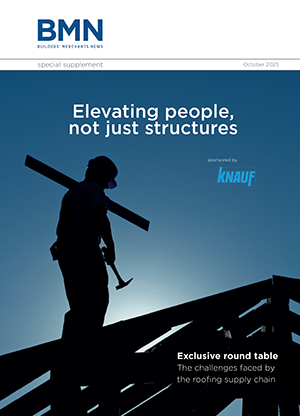In response to a government initiative requiring all central government building procurement contracts to use Building Information Modelling (BIM) from 2016, the Construction Products Association (CPA), together with the NBS, has launched a guide for manufacturers entitled: ‘BIM for the Terrified’.
This guide is aimed at the general reader who does not have a detailed understanding of BIM, but wishes to gain sufficient understanding to assess its possible impacts on their construction product manufacturing or distribution business.
BIM is a process for managing the information produced during a construction project, in a common format, from the earliest feasibility stage through design, construction, operation and finally demolition, in order to make the best and most efficient use of that information. It has three key elements:
· The consistent, conventional labelling or naming of documents and data
· A method for storing and manipulating information
· A method for exchanging or issuing information about the building, including its construction, operation, performance and maintenance.
The use of BIM can increase efficiency and reduce errors. Virtual designs are built in three dimensions before work proceeds on site, the attributes of all the elements of the building can be found in the model, and spatial ‘clashes’ can be identified and resolved in the model instead of on site.
The guide explains the basic vocabulary of BIM so that readers will be able to understand wider debates on the subject. It looks at how BIM has evolved from the earliest drawing and specification systems, how the various types of BIM differ and what benefits they offer. The reasons for the government’s drive to adopt BIM are explained and the requirements that will fall on to the supply chain are set out. Case studies are included, showing how manufacturers are taking up the challenge of BIM and there are references to sources of more detailed information.
John Tebbit, industry affairs director and deputy chief executive of the CPA, said: “In order for any of the BIM agenda to work and benefits to be delivered, manufacturers and suppliers will need to put significant resources into the data and models underpinning BIM.
“Some have been doing this for years but for others the market case has not yet been made. The publication is a small part of making that case. Others will need to play their part too, primarily through demonstrating demand and sticking to open, non-proprietary standards for both data structures and data itself.”
To view a copy of the BIM for the Terrified guide click here.






